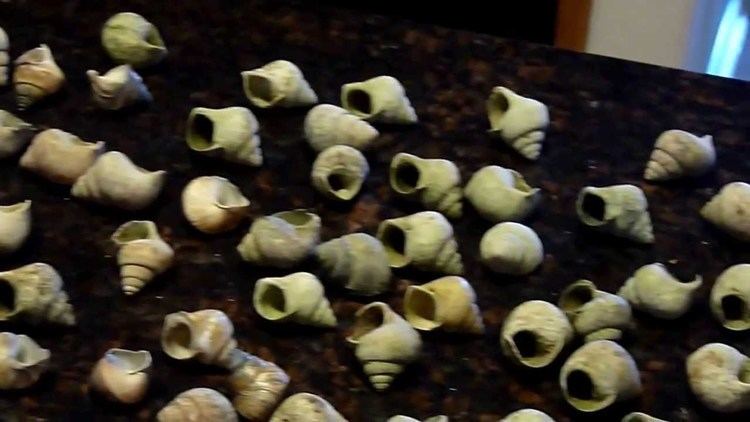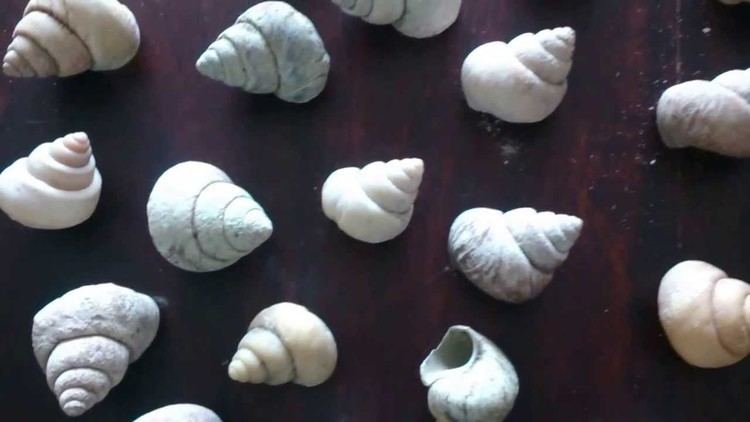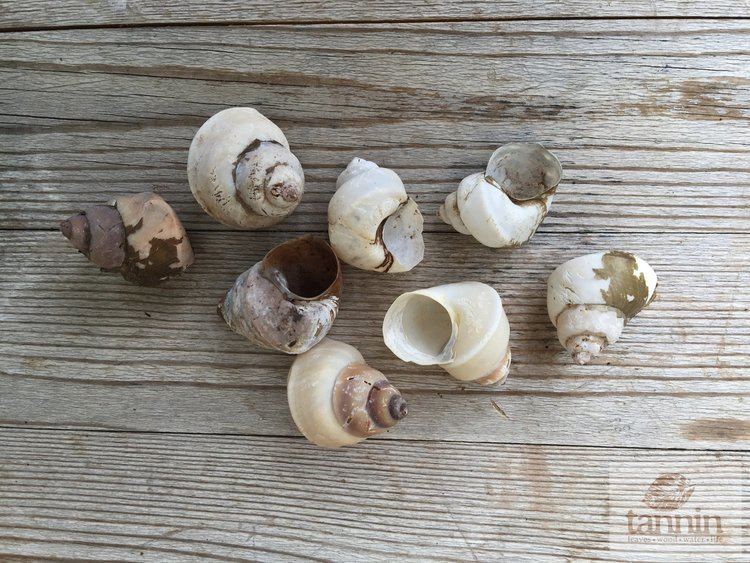Rank Species | Scientific name Neothauma tanganyicense Higher classification Neothauma | |
 | ||
Genus NeothaumaE. A. Smith, 1880 Similar Neolamprologus multifasciatus, Neolamprologus brevis, Lamprologus, Lamprologus ocellatus, Neolamprologus similis | ||
Lamprologus callipterus rare capture of stealing neothauma tanganyicense shells behavior pisces
Neothauma tanganyicense is a species of freshwater snail with a gill and an operculum, an aquatic gastropod mollusc in the family Viviparidae.
Contents
- Lamprologus callipterus rare capture of stealing neothauma tanganyicense shells behavior pisces
- Neolamprologus multifasciatus and neothauma tanganyicense shells made with videoshop
- Distribution
- History
- Description
- Ecology
- References
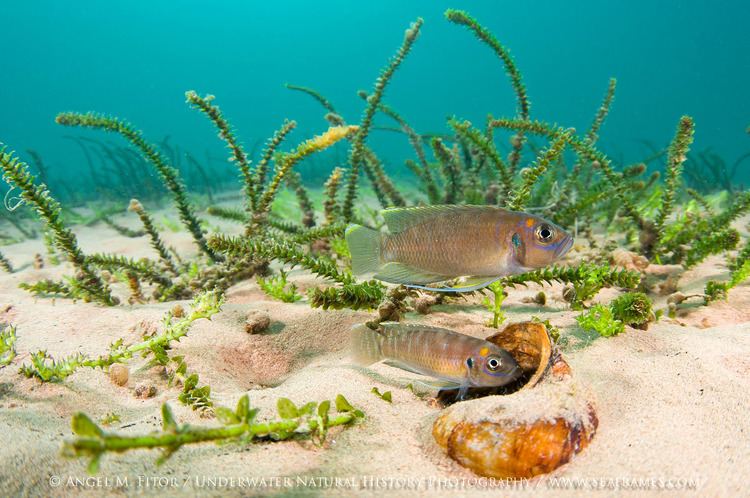
This is the only species in the genus Neothauma.
Neolamprologus multifasciatus and neothauma tanganyicense shells made with videoshop
Distribution
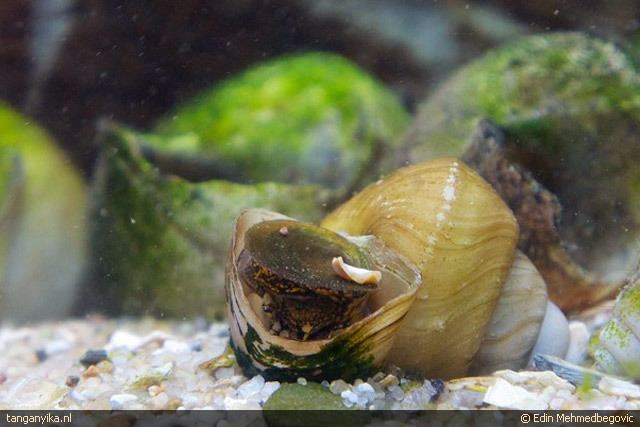
This freshwater snail is only found in Lake Tanganyika, where it is the largest gastropod, and occurs in all four of the bordering countries — Burundi, the Democratic Republic of the Congo, Tanzania, and Zambia — although fossil shells have been discovered at Lake Edward and in the Lake Albert basin.
The type locality is the East shore of Lake Tanganyika, at Ujiji.
History
The genus Neothauma previously contained several species, but most were reassigned to other genera.
Description
The width of the shell is 46 mm. The height of the shell is 60 mm.
Ecology
This species lives in depths of up to 65 m.
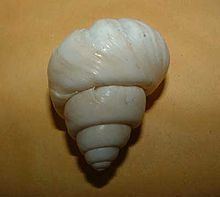
The shells of dead Neothauma tanganyicense often form carpets over large areas, and are used by a number of other animals, such as cichlid fish (shell dwellers), and freshwater crabs of the genus Platythelphusa. Juvenile snails live in the sediment in order to avoid predators.
